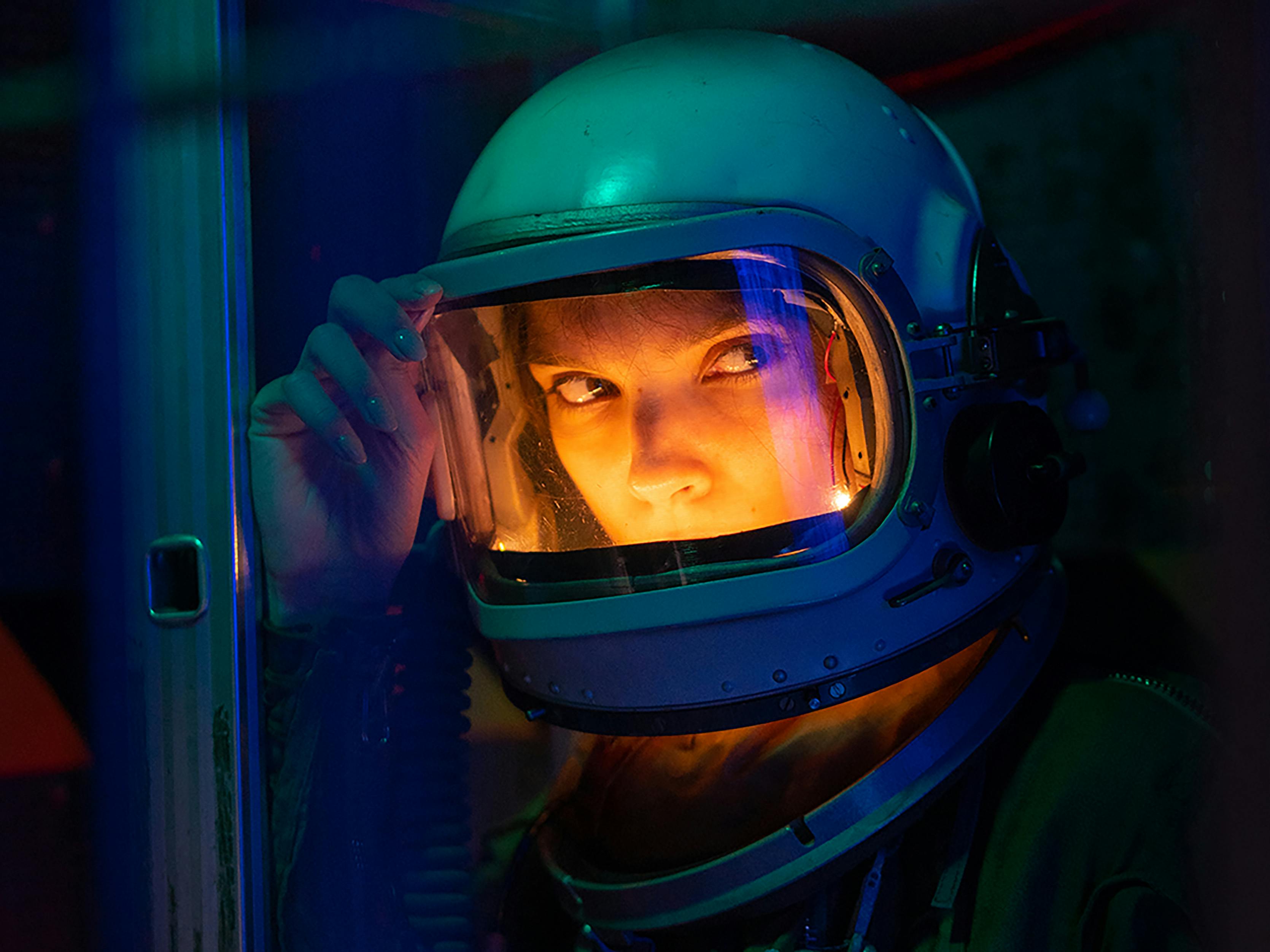
Introduction
The story of space exploration is not just about technology and science; it is about the dreams and aspirations of nations. Recently, India embarked on a historic journey, marking a significant milestone in its space endeavors. This blog post explores the emotional and scientific significance of Group Captain Shubhanshu Shukla’s recent mission as the first Indian astronaut to reach the International Space Station (ISS). It highlights the importance of this achievement not only for India but also for the global space community.
Shubhanshu Shukla: From Gandhinagar to the Stars
Born in Gujarat, Group Captain Shubhanshu Shukla’s journey has been one of dedication, perseverance, and excellence. As an Indian Air Force (IAF) test pilot, he spent years pushing the limits of aviation. His expertise and experience prepared him for a mission that was not only about traversing the skies but also about connecting India to the vast expanse of space.
Launched aboard the Falcon 9 rocket from Cape Canaveral, the mission was part of a groundbreaking partnership between Axiom Space and NASA, designed to facilitate international crew missions to the ISS. Shukhla’s seat on this mission represents a historic moment — India’s first official representation aboard the year’s leading space laboratory.
Axiom Mission 4: The Tech Behind the Journey
The Axiom Mission 4 showcased state-of-the-art space technology, including the Dragon spacecraft, nicknamed ‘Grace’. This capsule is equipped with advanced life support systems, autonomous docking capabilities, and sophisticated onboard technology. These features demonstrate significant advancements in aerospace engineering and highlight the impressive capabilities of modern space missions.
Moreover, SpaceX’s reusable Falcon 9 rockets exemplify innovative engineering, showcasing efficiency and reliability. Such advancements are not merely technological triumphs but are instrumental in propelling India toward its ambitious goals in space exploration.
India’s Scientific Contribution: Research in Space
Upon arriving at the ISS, Shukla became more than just a visitor; he engaged as a researcher, collaborating with both NASA and Indian Space Research Organisation (ISRO) experts to conduct groundbreaking microgravity experiments. Through this partnership, he aimed to explore various scientific inquiries that may lead to innovative solutions applicable on Earth and beyond.
- Microgravity and Food Cultivation: One experiment investigated the effect of microgravity on food microorganisms, investigating potential applications for long-duration space missions.
- Human-Computer Interaction in Space: Analyzed how astronauts interact with touch screens in zero-gravity environments, offering insights vital for future spacecraft design.
The implications of these research endeavors are profound. The data collected will feed directly into India’s Gaganyaan Human Spacecraft program, underscoring the meaningful intersection of scientific research and practical application in India’s space endeavors.
The Gaganyaan Mission: Paving the Way for Future Astronauts
The Gaganyaan mission represents India’s ambitious goals of sending its astronauts into Earth’s orbit using an indigenous rocket, the human-rated LVM3. This mission has faced delays due to the pandemic and technical challenges, but the insights gained from the ISS mission provide invaluable experience crucial for Gaganyaan’s success.
Insights Gained from Shukla’s Time at the ISS:
- Astronaut training and mental preparation strategies.
- Demonstrating the effectiveness of life support systems in space.
- Experience in troubleshooting and system diagnostics aboard a spacecraft.
These insights are critical for ISRO as they develop environmental control and life support systems (ECLSS) for future missions, including innovations in waste recycling, food systems, and thermal regulation.
India’s Future in Space: Ambitious Plans Ahead
India’s ambitions do not end with the Gaganyaan mission. Following the success of recent missions such as Chandrayaan-3 and Aditya-L1, India is setting its sights even higher:
- Chandrayaan-4: This mission aims to conduct India’s first lunar sample return mission.
- Indian Space Station: Plans are in place for India to establish its own space station by 2030.
- Technological Innovations: Development of advanced robotics and autonomous docking technologies for future missions.
The ambitious roadmap exemplifies India’s broader vision for establishing a robust and sustainable presence in space, contributing not only to its own goals but also to global space exploration.
Growth of India’s Private Space Sector
While ISRO spearheads initiatives in space, the rise of India’s private space sector has become increasingly prominent. The ISS mission stands as a testament to the potential of government-private collaboration, propelling India’s space capabilities to new heights.
- Skyroot Aerospace: Testing reusable rocket technology.
- Agnikul Cosmos: Innovating mobile launch pads and 3D-printed engines.
- Pixxel: Launching hyperspectral imaging satellites that can be utilized for various applications, from agricultural monitoring to resource management.
With government bodies like the Indian National Space Promotion and Authorization Center (IN-SPACe) supporting these ventures, the private sector is poised to become an integral part of India’s space narrative in the coming years.
Conclusion: A Nation’s Aspirations Realized
What began as a simple mission soon transcended into a symbol of national pride and ambition. Group Captain Shubhanshu Shukla’s historic journey to the ISS is not merely a personal achievement but also a stepping stone toward India’s growth as a key player on the global space stage.
The insights and experiences gleaned from this mission will undoubtedly shape the future of India’s space program. As we stand at the precipice of a new era, the collaboration among astronauts, startups, and scientists signals a future brimming with possibilities, innovation, and exploration. The countdown to India’s next adventure has commenced, and its journey among the stars has only just begun. The future of space travel is bright, and India’s role in it is on the rise.